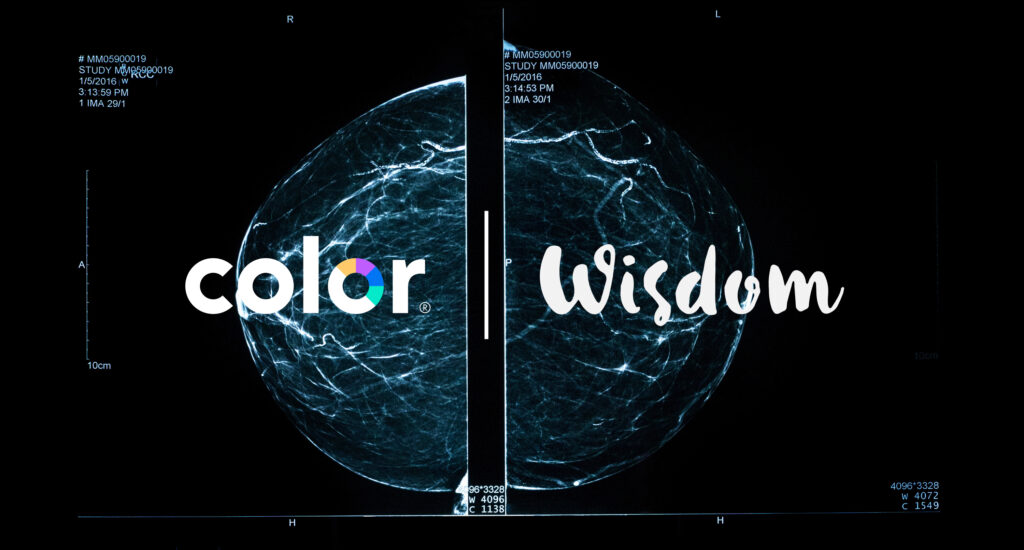News & Articles
Jefferson Health and Color: Advancing Precision Health Through Clinical Genomics and Richer Data
Jessica Tracy
At Color we are using data-driven healthcare to make it easier for institutions to efficiently and effectively serve large populations. Our work with one of Philadelphia’s largest employers, Thomas Jefferson University and Jefferson Health, illustrates what implementing data-driven healthcare can look like for a provider, large self insured employer or other institution. Together, Color and Jefferson have partnered to bring a new level of precision care to Jefferson’s 33,000 employees. What began as a partnership to help those at risk for hereditary conditions, quickly forged into a relationship to innovate care delivery and improve the health of the entire population.
In the age of Amazon and Uber where everything is available at the click of a button, it is troubling that healthcare is one of the very few services that still lacks a convenience factor. We believe that an educated consumer, coupled with simple and convenient access, will empower better utilization of care, and ultimately mitigate costly health events by helping at-risk populations earlier. In collaboration with Jefferson, we coupled personalized education with a convenient, consumer-friendly approach to access necessary preemptive care.
Prior to launch, we identified key objectives that were important to both parties such as program engagement, risk identification, and support to appropriate care pathways. The overarching objective was to provide seamless access to critical health information and deliver a convenient and integrated model to make the necessary follow through care simple.
We started with an extensive education campaign which included live presentations and webinars from Color’s board-certified and licensed genetic counselors. Employees were educated on what they can learn from a Color test, how it may impact their family, confidentiality and privacy, and why Jefferson chose to offer the program. We also worked with the Human Resources & Benefits team to ensure they were prepared to discuss the program with employees, as well as answer any questions. Simultaneously, we worked with the Sidney Kimmel Cancer Center at Jefferson to prepare a customized provider on-boarding program for their physicians.
After just 6 months of our partnership, almost 10,000 employees have voluntarily enrolled in Color’s service. These employees were able to learn unique risk factors based on their genetic test results, as well as family and health history information that they shared with Color. They also received customized guidance on health and prevention. Family members were also highly engaged in Color’s family pedigree tool which helps employees understand how their family history can impact their risk.
When we launched the program, Bruce Meyer, MD, MBA, President of Jefferson Health, was asked why Jefferson chose to offer Color. He advised that “the tests are a message to employees that the health system cares about their long-term well-being.” We were thrilled to see that message was well received by the employees. One employee was so grateful that she shared the following: “Because I’m adopted, I would have to say this was the most important test to help me direct my medical decisions. I have worked for Abington-Jefferson Health for 22 years and I feel that they have saved my life with this free test. I want to thank them and hope to work another 11 more years for them until I retire. Forever grateful, hopeful and honored to be a Jefferson employee.”
In our collaborations, we always strive to respond to our partners’ needs and explore unique opportunities where we can deliver and provide additional support. For Jefferson, we continue to develop strategies to improve access to important preemptive care, bringing personalized benefits & point solutions to the employee’s fingertips — before they get sick.
We are proud to be working with an organization that cares so deeply for their employees and their families, and are excited about our continued work to improve access to potentially life-saving information.



